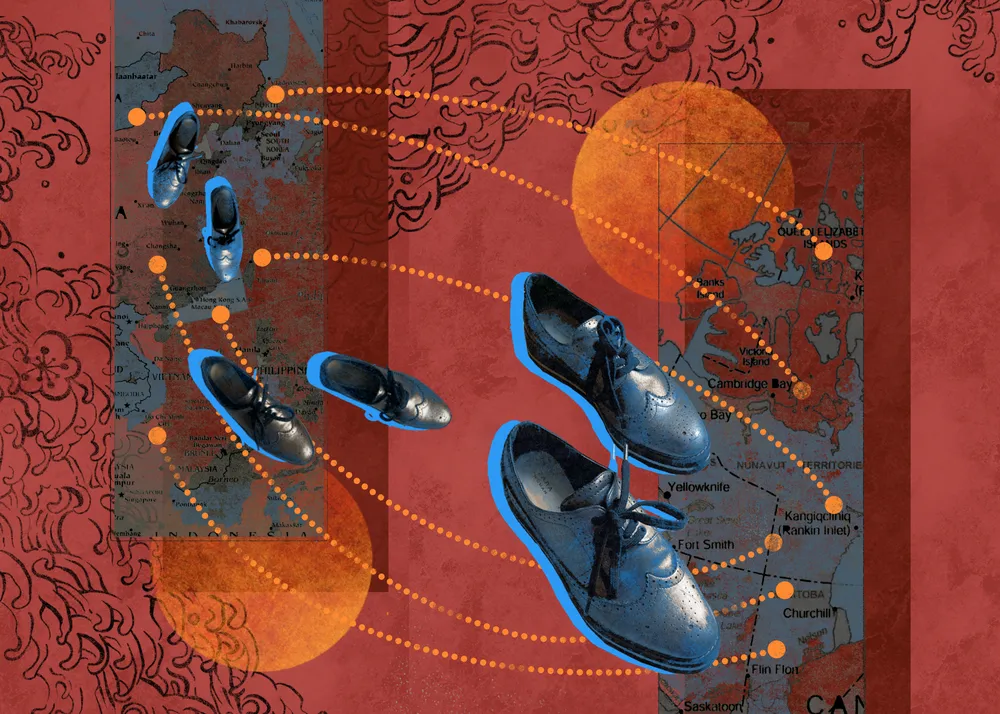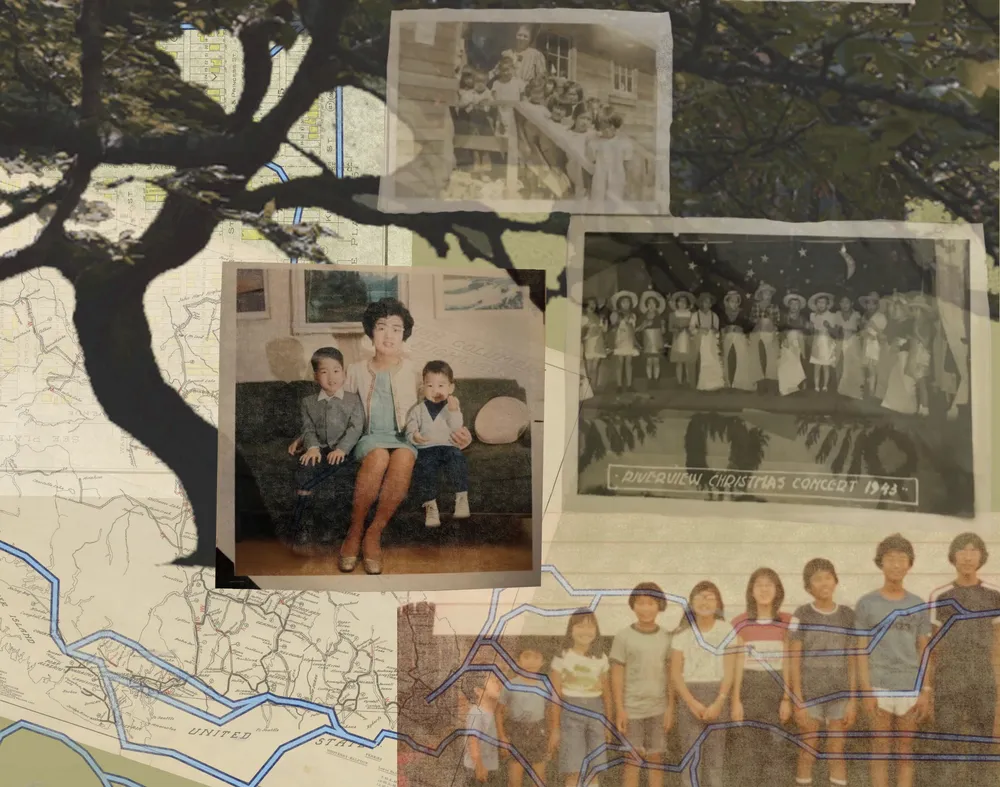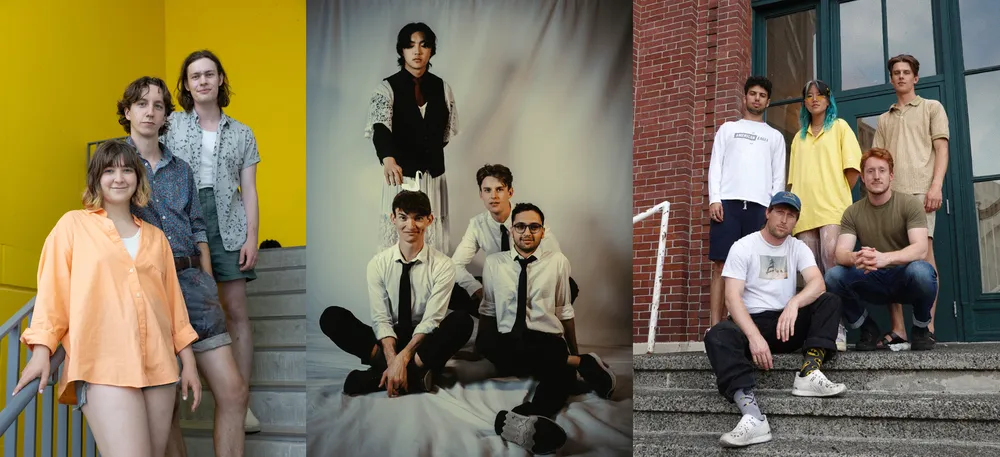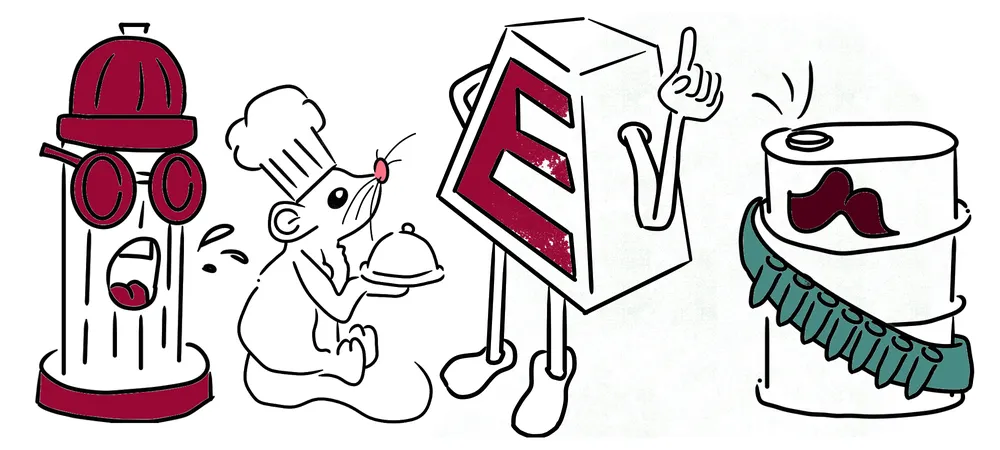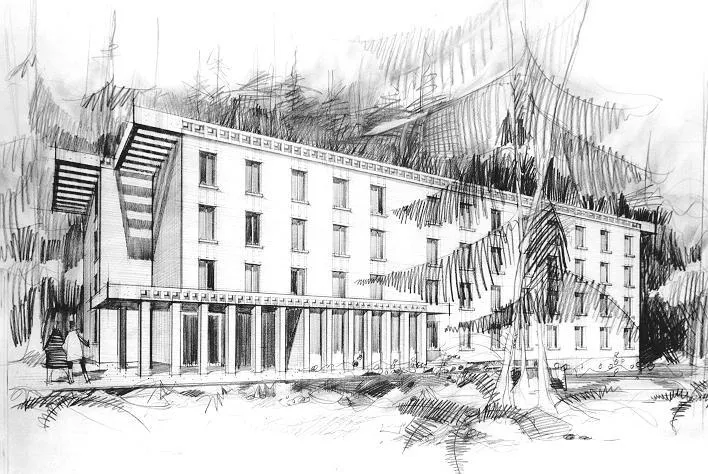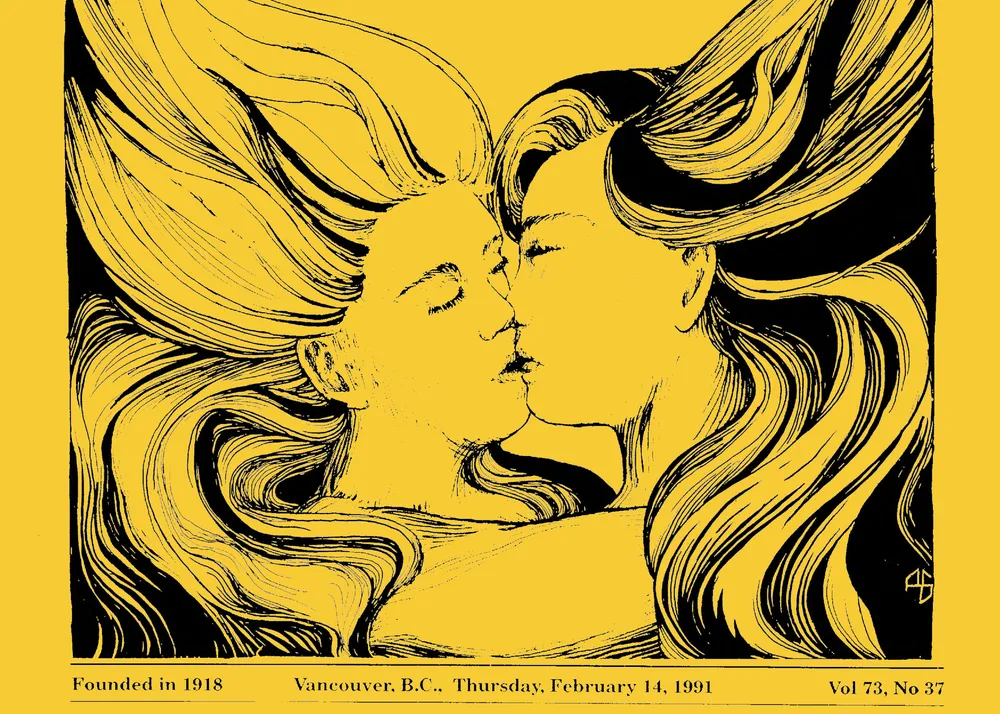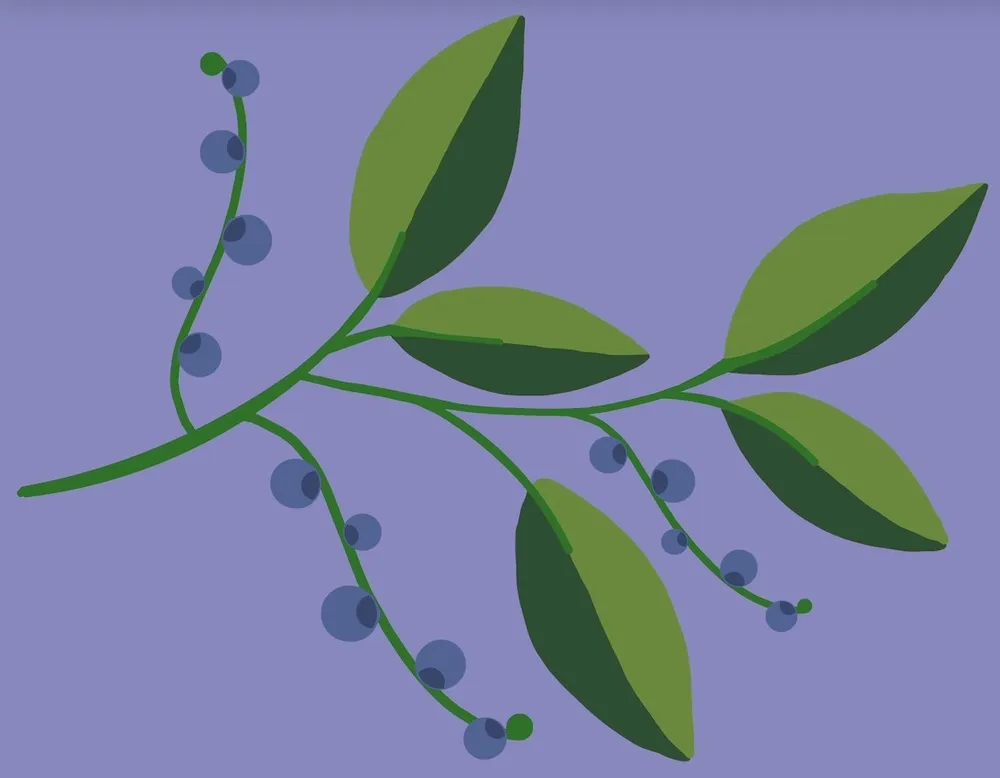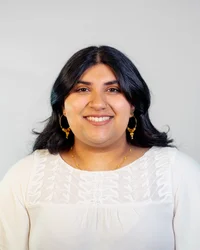Features is The Ubyssey’s longform journalism hub.
We publish feature-length articles, investigations, creative non-fiction and profiles about all things UBC. Here are the top features of the 2023/24 school year.
‘A story about us’: UBC ACAM program builds on the history of Vancouver’s Asian diaspora
Words by Nathan Bawaan | Illustration by Anya A Ameen
In 2011, the UBC Vancouver Senate approved motions to grant students who were interned honorary degrees, and that committed UBC to develop initiatives to educate future students on the history of internment and the UBC Library to preserve historical records from the time of internment.
The second motion eventually became the Asian Canadian and Migration Studies (ACAM) program — a multidisciplinary, 18-credit minor that explores the history and culture of the Asian diaspora in Canada and Asian migration around the world.
Senior Staff Writer Nathan Bawaan spoke to students and ACAM's then-program director to learn more about the program and its role in the Asian diaspora community in Vancouver.
How the kitchen and chow mein brought together a new generation of Japanese Canadian students
Words by Renée Rochefort | Photos Courtesy Hannah Takasaki, Design Isa S. You & Anya A Ameen
Hannah Takasaki and Troy Chong first connected over chow mein.
But, chow mein isn’t traditionally made in Japan. It’s a classic Chinese comfort dish that has become a Japanese Canadian staple. The Nisei generation — second-generation Japanese immigrants — had only Chinese spices readily available due to their internment in Interior BC.
Takasaki and Chong both have great-grandparents who immigrated to Canada from Japan, making them part of the Yonsei generation, a term used to describe fourth-generation Japanese diaspora. Their family histories show how Vancouver’s Japanese community has grown and changed across its 150-year-long history.
In 2012, UBC held a ceremony to grant 76 interned students honorary degrees following years of advocacy to have UBC acknowledge its complicity in internment.
Now, a new generation of Japanese Canadian students have made their way back to campus.
UBC bands are shaping Vancouver’s music scene
Words by Fiona Sjaus | Photos by Isa S. You, Courtesy Tiger Really and Lia Hansen
Vancouver’s vibrant independent music scene is hiding in plain sight.
Across Vancouver, musicians are honing their craft and finding their sound. The city has always been a hub for music as a vehicle for shared experiences and is in the midst of a metamorphosis that is providing the ideal platform for emerging artists to help define the city’s newfound musical identity. Many of these musicians are from UBC.
Senior Staff Writer Fiona Sjaus sat down with bands born at UBC to learn more about why they make music.
What’s so funny? Why joke candidates run in AMS Elections
Words by Iman Janmohamed & Harry Sadleir | Illustration by Anya A Ameen
When students run in AMS Elections as a joke, it's often not just for laughs — it's an expression of student discontent.
Other university student unions have rules around joke candidates, but UBC doesn't and AMS Elections Administrator Max Holmes said the elections committee has no plans to create them.
Joke candidates, from fire hydrants and kegs to rats and cairns, have appeared on ballots deep in the annals of UBC history, resurfacing every generation to use mockery to spark real conversations about UBC and the AMS.
Featured Editor Iman Janmohamed and Senior Staff Writer Harry Sadleir spoke to Holmes and joke candidates of years past to answer the question: should these candidates win, and what happens when they do?
Place Vanier has died — soon to be buried
Words by Caleb Peterson | Illustration by University of British Columbia Archives [UBC 1.1/14220-2]
Until 1944, there was no student housing at UBC. But as the student body boomed after the Second World War, it became clear that UBC needed to start providing housing options for students and fast. So UBC acquired buildings from the Department of National Defence — UBC bought some for $1 (roughly $18 today) and others were turned over to or rented by the university.
These residence buildings temporarily solved the increasing demand for UBC student housing — but they were nothing more than a band-aid on the wound of the university’s growing population. The university needed a better, more permanent solution to student housing, and in the late 1950s, Place Vanier opened.
Campus Vision 2050 — which details how UBC Vancouver’s physical campus will change and grow over the next 30 years — will demolish most of Place Vanier to build new residences.
Senior Staff Writer Caleb Peterson spoke to students and UBC to learn what this means for the future of Vanier.
Reading between the lines: Queerness and print culture in Vancouver
Words by Aisha Chaudhry & Isa S. You | Design by Ubyssey Archives & Anya A Ameen
A quick search through UBC Archives turns up a plethora of materials about the 2SLGBTQIA+ community — Pride-themed Ubyssey newspapers, posters for the Fourth Annual Gay Conference and vintage erotica, to name a few.
There is a record of ways 2SLGBTQIA+ people found and interacted with their community through print — books, flyers or newspapers and more — before the internet could connect them to each other.
News Editor Aisha Chaudhry and Photo Editor Isa S. You dove deep into Queer print culture in the Lower Mainland in "Reading between the lines: Queerness and print culture in Vancouver."
Child-sized yet critical steps
Words by Elena Massing | Illustration by Iman Janmohamed
There’s an entire community working together, and through child-sized, yet critical steps, UBC Child Care Services (CCS) is nurturing inclusivity in a new generation — at a price people can afford.
The time and effort that parents can put into their child’s education — engaging in potlucks, going on forest walks and doing self-guided reading — will play a role in how effective these methods ultimately increase knowledge about Indigeneity.
But for some parents — and educators, who need to be properly compensated for running these activities — this standard of care is only attainable through initiatives like $10-a-day childcare.
Culture Editor Elena Massing spoke to CCS's Indigenous Relations Engagement Pedagogist Enalyne Point and Barbara Undurraga, a CCS educator to learn about the group's efforts to increase Indigeneity in teaching. She also sat down with CCS Director Karen Vaughan and UBC's School of Social Work Director Dr. Lea Caragata to explore the impacts of $10-a-day child care.
Interested in contributing to the features section? Email features@ubyssey.ca.
Share this article
First online



